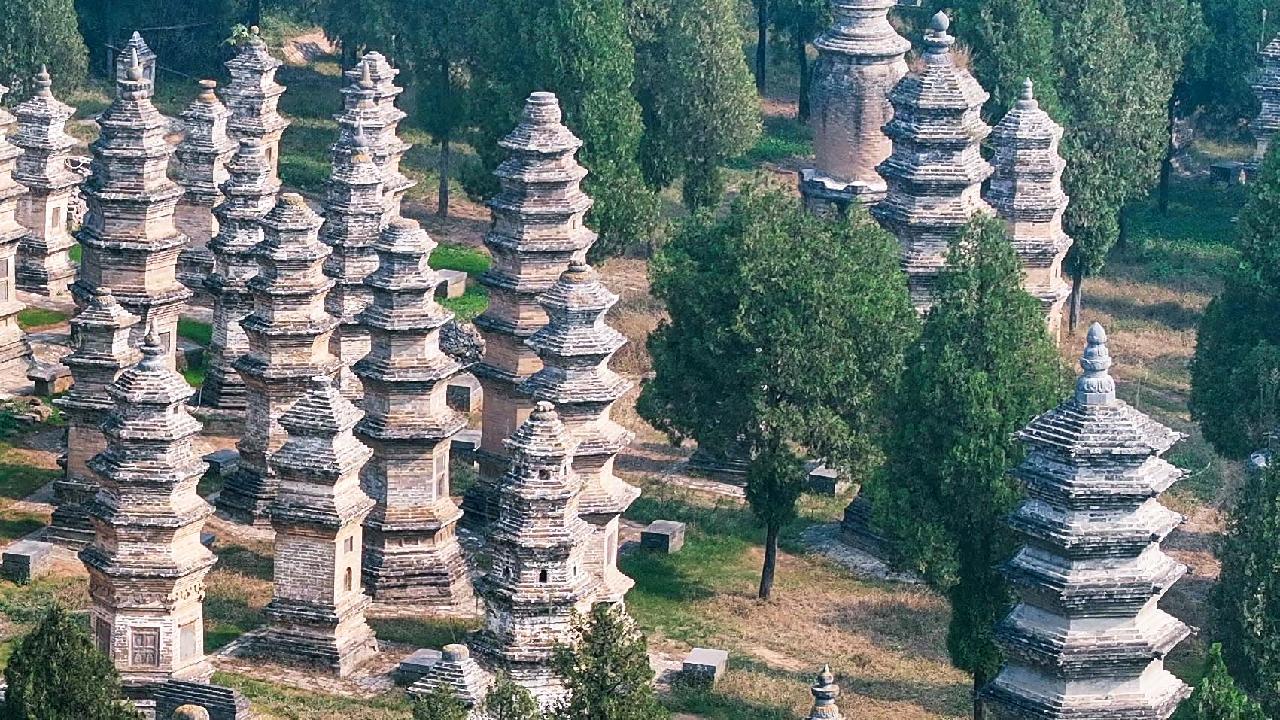Discover the Shaolin Pagoda Forest: The Sacred Final Resting Place of Eminent Monks
Discover the Shaolin Pagoda Forest, a sacred burial site honoring legendary monks from ancient dynasties.

The Shaolin Pagoda Forest, nestled at the foot of the Songshan Mountains in Dengfeng City, Henan Province, stands as a solemn testament to China’s rich Buddhist heritage. This extensive complex, recognized as the largest pagoda forest of its kind in China, serves as the final resting place for more than 200 eminent monks who played pivotal roles in shaping the legacy of the renowned Shaolin Temple.
Established over the course of several dynasties, the pagodas span from the Tang Dynasty (618–907) through the Qing Dynasty (1644–1911), marking over a millennium of religious and cultural history. Each structure, ranging in height from one to seven stories, showcases unique artistic styles and construction techniques characteristic of its era. These pagodas, built primarily out of brick and stone, are adorned with intricate carvings, vivid calligraphy, and traditional motifs, earning the site its reputation as a “Museum of Ancient Pagoda Art.”
In addition to their architectural beauty, the pagodas reflect the deep spiritual traditions of Shaolin Buddhism. For centuries, the site has been revered as a sacred space where generations of monks were laid to rest in accordance with ancient customs. The forest not only chronicles the evolution of Buddhist funerary architecture, but also provides valuable insights into the philosophical and artistic achievements of historic China.
As part of the “Center of Heaven and Earth” World Cultural Heritage Site, the Shaolin Pagoda Forest draws both pilgrims and tourists from around the globe. Its profound serenity is punctuated by the rhythmic chanting of monks and the gentle rustling of trees, offering visitors a glimpse into the living traditions that have made this UNESCO-listed landmark a symbol of Chinese spirituality and artistic excellence.




